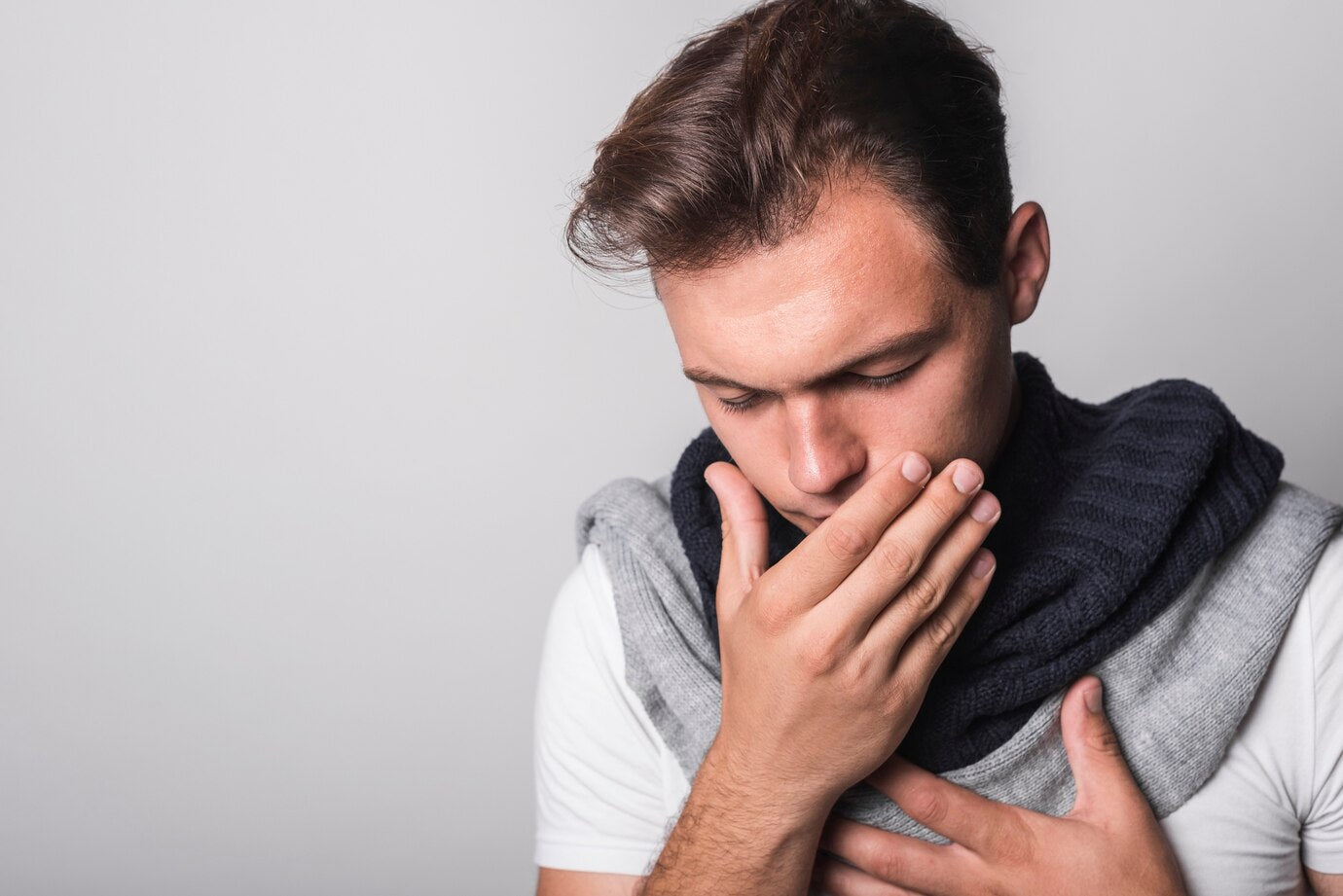The typical clinical picture is the pain in a variable degree (from disconfort or heaviness of the leg to muscle cramps), edema (ankle and leg swelling) and progressive alterations of the skin, such as dryness, loss of elasticity -atrophy- until the appearance of ulcers, usually located immediately above the ankle, on the inner face of the leg. It affects 50% of the population, especially women, and there is usually a family history, so it is considered a hereditary disease in most cases. Some circumstances, such as prolonged standing, obesity and pregnancy, aggravate symptoms, but are not the cause of varicose disease.
The CEAP classification is used to describe the clinical stages of the disease, which is very useful in daily practice. The diagnosis is based on physical examination and hemodynamic study Ecodoppler color to determine the veins affected by the disease and the presence or not of alteration of venous valves.
The treatment is variable depending on the clinical stage of the disease. Asymptomatic patients should not perform any therapeutic measure. For most cases with disease symptoms, conservative treatment based on physical exercise (walking), elevation of the lower extremities during rest and skin care (hydration) is recommended. A very important aspect is the use of elastic means of variable compression. The effectiveness of compressive therapy is based on "neutralizing" the tendency of the veins to dilation, avoiding the increase in veins pressure due to the valvular "failure", improving the circulation of venous return, capillary and lymphatic microcirculation. It is also very important in case of varicose ulcers, in addition to local priests with different types of dressings (none has proven superior to others). Local antibiotics are not recommended to treat chronic "contaminated" chronic ulcers by the usual bacterial flora of the skin and systemic antibiotics are only indicated in cases of infection, such as, for example, a cellulite around an ulcer.
If we consider the pharmacological treatment we must talk about the "phlegotonic", drugs derived from certain plant species (ruscus, citrus, tea, grapes, tannins, chestnut of the Indies ...) that have active ingredients (flavonoids, routosides, calcium doubles) on the wall of the veins (venactive drugs). They are usually used in a combined way with the objective of increasing the voltage of the vein wall, reducing capillary hyperpermeability and inflammation. In clinical trials they have demonstrated their effectiveness in reducing edema but not the ulcers healing rate.
All venotonic drugs have in common a botanical origin, incorporated into the therapeutic arsenal empirically due to their relative safety and subsequent synthesis of analogous compounds with greater activity. They have not demonstrated great efficacy in clinical trials, although they usually produce a remarkable improvement of symptomatology, especially in patients who properly complete all aspects that are included in conservative treatment.

Dr. Carles Corominas I Roura, Angiology & Vascular Surgery of the University Hospital Son Espases









